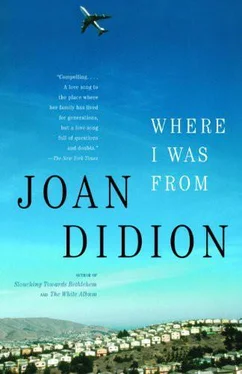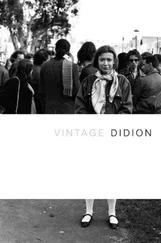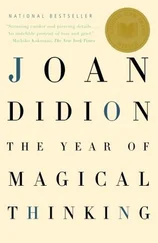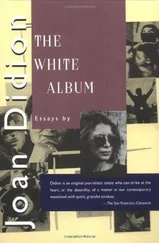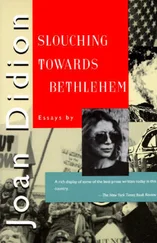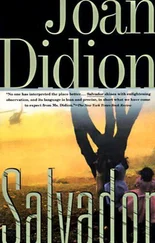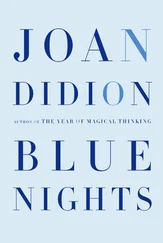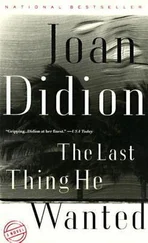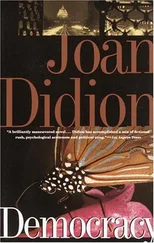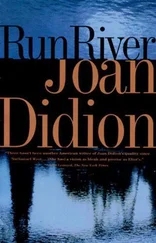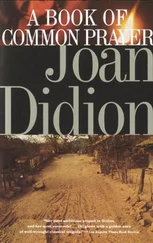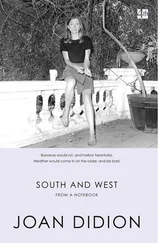Mother viewed character as being the mainspring of life, and, therefore, as regulating our lives here and indicating our destiny in the life to come. She had fixed and settled principles, aims and motives in life. Her general health was excellent and in middle life she appeared almost incapable of fatigue. Winter and summer, at all seasons and every day, except Sunday, her life was one ceaseless round of activity. The care of her family, to provide for hired help, to entertain visitors, and to entertain preachers and others during meetings which were frequent.
That was the view of Nancy Hardin Cornwall taken by her son Joseph, who was thirteen years old during the crossing. Nancy Hardin Cornwall’s daughter Laura, two years old during the crossing, took a not dissimilar view: “Being a Daughter of the American Revolution, she was naturally a brave woman, never seeming afraid of Indians or shrinking from hardships.”
A photograph:
A woman standing on a rock in the Sierra Nevada in perhaps 1905.
Actually it is not just a rock but a granite promontory: an igneous outcropping. I use words like “igneous” and “outcropping” because my grandfather, one of whose mining camps can be seen in the background of this photograph, taught me to use them. He also taught me to distinguish gold-bearing ores from the glittering but worthless serpentine I preferred as a child, an education to no point, since by that time gold was no more worth mining than serpentine and the distinction academic, or possibly wishful.
The photograph. The promontory. The camp in the background.
And the woman: Edna Magee Jerrett. She is Nancy Hardin Cornwall’s great-granddaughter, she will in time be my grandmother. She is Black Irish, English, Welsh, possibly (this is uncertain) a fraction Jewish through her grandfather William Geiger, who liked to claim as an ancestor a German rabbi but was himself a Presbyterian missionary in the Sandwich Islands and along the Pacific coast; possibly (this is still more uncertain) a lesser fraction Indian, from some frontier somewhere, or maybe, because her skin darkens in the sun as she was told not to let it, she just likes to say that. She grew up in a house on the Oregon coast filled with the educational curiosities of the place and period: strings of shells and seeds from Tahiti, carved emu eggs, Satsuma vases, spears from the South Pacific, an alabaster miniature of the Taj Mahal and the baskets her mother was given by the local Indians. She is quite beautiful. She is also quite indulged, clearly given, although she knows enough about mountains to shake out her boots for snakes every morning, to more amenities than could have been offered in this mining camp in the Sierra Nevada at the time in question. In this photograph she is wearing, for example, a long suede skirt and jacket made for her by the most expensive tailor in San Francisco. “You couldn’t pay for her hats,” her father, a ship’s captain, had told her suitors by way of discouragement, and perhaps they had all been discouraged but my grandfather, an innocent from the Georgetown Divide who read books.
It was an extravagance of spirit that would persist through her life. Herself a child, she knew what children wanted. When I was six and had the mumps she brought me, as solace, not a coloring book, not ice cream, not bubble bath, but an ounce of expensive perfume, Elizabeth Arden “On Dit,” in a crystal bottle sealed with gold thread. When I was eleven and declined to go any longer to church she gave me, as inducement, not the fear of God but a hat, not any hat, not a child’s well-mannered cloche or beret, but a hat , gossamer Italian straw and French silk cornflowers and a heavy satin label that read “Lilly Dache.” She made champagne punch for the grandchildren left to sit with her on New Year’s Eve. During World War II she volunteered to help salvage the Central Valley tomato crop by working the line at the Del Monte cannery in Sacramento, took one look at the moving conveyer belt, got one of those sick headaches her great-grandmother brought west with the seeds, and spent that first and only day on the line with tears running down her face. As atonement, she spent the rest of the war knitting socks for the Red Cross to send to the front. The yarn she bought to knit these socks was cashmere, in regulation colors. She had vicuña coats, hand-milled soap, and not much money. A child could make her cry, and I am ashamed to say that I sometimes did.
She was bewildered by many of the events in her adult life. One of her seafaring brothers became unstable when his ship hit a mine crossing the Atlantic; the son of another committed suicide. She witnessed the abrupt slide into madness of her only sister. Raised to believe that her life would be, as her great-grandmother’s was said to have been, one ceaseless round of fixed and settled principles, aims, motives, and activity, she could sometimes think of nothing to do but walk downtown, check out the Bon Marché for clothes she could not afford, buy a cracked crab for dinner and take a taxi home. She died when I was twenty-three and I have of hers a petit-point evening bag, two watercolors she painted as a young girl in an Episcopal convent school (the watermelon still life, the mission she had never seen at San Juan Capistrano), twelve butter knives she had made at Shreve’s in San Francisco, and fifty shares of Transamerica stock. I was instructed by her will to sell the stock for something I wanted and could not afford. “What will she have to look forward to,” my mother scolded my grandmother on the occasions of the ounce of “On Dit,” the Lilly Dache hat, the black scarf embroidered with jet to assuage the pain of dancing school. In the generational theater my mother, despite what I came to recognize as a recklessness quite outside my grandmother’s range, had been assigned the role described in the stage directions as sensible. “She’ll find something,” my grandmother always said, a reassuring conclusion if not one entirely supported by her own experience.
Another photograph, another grandmother: Ethel Reese Didion, who I never knew. She caught fever during the waning days of the 1918 influenza epidemic and died, leaving a husband and two small boys, one of them my father, on the morning of the false armistice. Many times my father told me that she died thinking the war was over. He told me this each time as if it were a matter of considerable importance, and perhaps it was, since on reflection that is all he ever told me about what she thought on any subject. My great-aunt Nell, her younger sister, would say only that my grandmother had been “nervous,” and “different.” Different from what, I used to ask. Aunt Nell would light another cigarette, consign it immediately to a heavy quartz ashtray, and slide her big rings up and down her thin fingers. Ethel was nervous, she would finally repeat. You could never tease Ethel. Ethel was, well, different.
In this photograph, taken in about 1904, Ethel is at a Grange picnic in Florin, at that time a farm settlement south of Sacramento. She has not yet married the man, my grandfather, whose startling taciturnity would remain so inexplicable to her family, the man to whom I sometimes referred as “Grandfather Didion” but never addressed directly, from the time I was a small child until the day he died in 1953, by any form more familiar than “Mr. Didion.” She is still Ethel Reese in this picture and she is wearing a white shirtwaist and a straw hat. Her brothers and cousins, ranchers’ sons with a bent for good times and a gift for losing things without rancor, laugh at something outside the camera’s range. Aunt Nell, the smallest, darts among their legs. My grandmother smiles tentatively. Her eyes are shut against the sun, or against the camera. I was said to have her eyes, “Reese eyes,” eyes that reddened and watered at the first premonition of sun or primroses or raised voices, and I was also said to have some of her “difference,” her way of being less than easy at that moment when the dancing starts, but there would be no way of knowing any of that from this picture of Ethel Reese at the Florin Grange picnic in about 1904. This is the memory of her aunt, Catherine Reese, a child during the Reese family’s 1852 crossing, of the last stage and aftermath of the journey during which her mother made the quilt with the blinding compaction of stitches:
Читать дальше
Конец ознакомительного отрывка
Купить книгу
